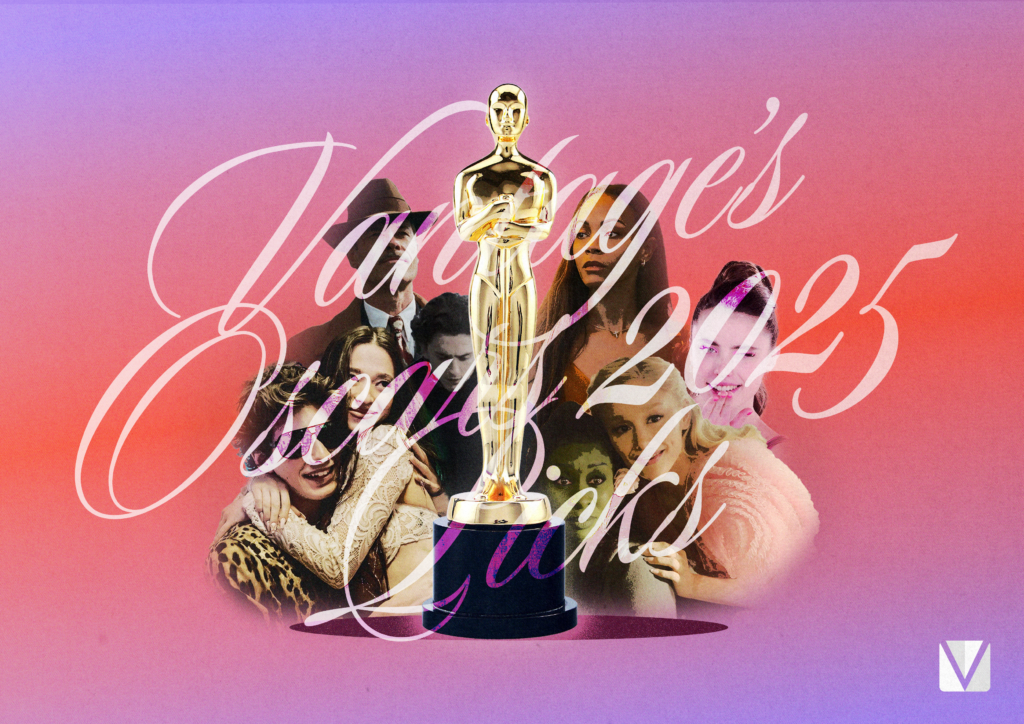Andalasia who? We’re in Monrolasia now.
Disenchanted (2022) takes place 10 years after the childhood gem Enchanted (2007), as Giselle (Amy Adams) and her family find difficulty adjusting after their move to suburban Monroeville. When she sees her stepdaughter Morgan’s (Gabriella Baldacchino) struggle with her teenagehood outside New York City, Giselle wishes on a magic Andalasian wand for a fairytale life. However, it all goes wrong when Monroeville turns into its fairytale form, Monrolasia, and she transforms into the wicked stepmother she never wanted to be.
For the most part, it was refreshing to see Amy Adams back as her chipper and elegant character, but some pleasant surprises include when Robert (Patrick Dempsey) becomes a singing prince, and Nancy (Idina Menzel) in her happiest queen form finally gets her own song. Rounding up the original lead cast is James Marsden as Edward, who gleams with a charming himbo personality within his 10 minutes of screentime.
Interestingly, the writers also shine more light on Morgan as she navigates her new school and new home. Since she was an adorable six-year-old in the original film, seeing her as a sarcastic teenager made her more relatable as she was experiencing different changes in her life.
Besides seeing our dearest characters again, Disenchanted would not be a princess movie without the incomparable musical composers Alan Menken and Stephen Schwartz. Coming back after collaborating on Enchanted, the two tie the fantasy experience together with their soaring arrangement of strings and flutes. Menken expertly transports you back into the Disney renaissance period and even samples songs from some of his own classics, including The Little Mermaid (1989), and Beauty and the Beast (1991), among others.
Without a doubt, sitting through this film can make one feel like a kid again—but that’s only if you turn your brain off while you’re at it.
Despite there being twice as many songs as Enchanted, the tracks unfortunately aren’t as memorable and eargasmic as the originals. For instance, the ensemble portion of “Fairytale Life (After the Spell)” was obviously made to be a match for the original film’s “That’s How You Know.” Unfortunately, the former didn’t match the latter’s level, both sonically and thematically. The only standout was the show-stopping “Badder”—a duet between Giselle (wicked stepmother version) and Malvina Monroe (Maya Rudolph); the number exhibits the clever villain-versus-villain subplot: “Two villains in one fairy tale / This town is too small for the both of us.”
Excluding that clever twist, the rest of the plot is unmistakably predictable. However, the redeeming factor is the awareness written into the characters; the meta quality is seen when Morgan continually makes jabs at the Andalasian characters’ excessive singing and Giselle’s unrealistic optimism. Despite the story being borderline corny, the characters’ awareness makes all the cliché Disney quirks somewhat acceptable.
In its entirety, the film served its purpose: evoking pure and fluffy nostalgia. It’s safe to say that Disenchanted doesn’t achieve anything groundbreaking, but the familiarity of the Disney princess formula will get you smiling from ear-to-ear. Considering it’s been 15 years since Enchanted, this sequel can be deemed a completely decent follow-up. Sure, the whole princess-in-New York charm seems to have lost itself given the change of setting. However, the comforting warmth of the film came from seeing the characters all grown up and settled in their own lives.






